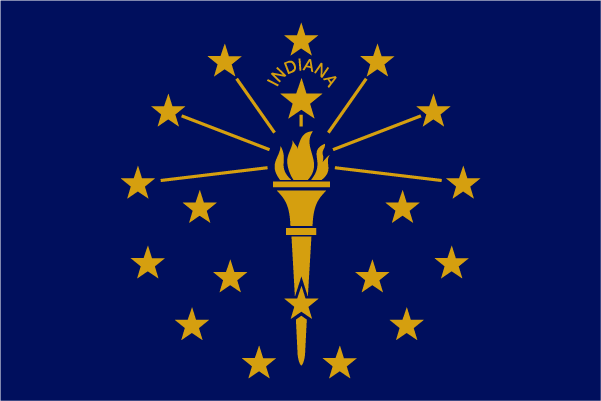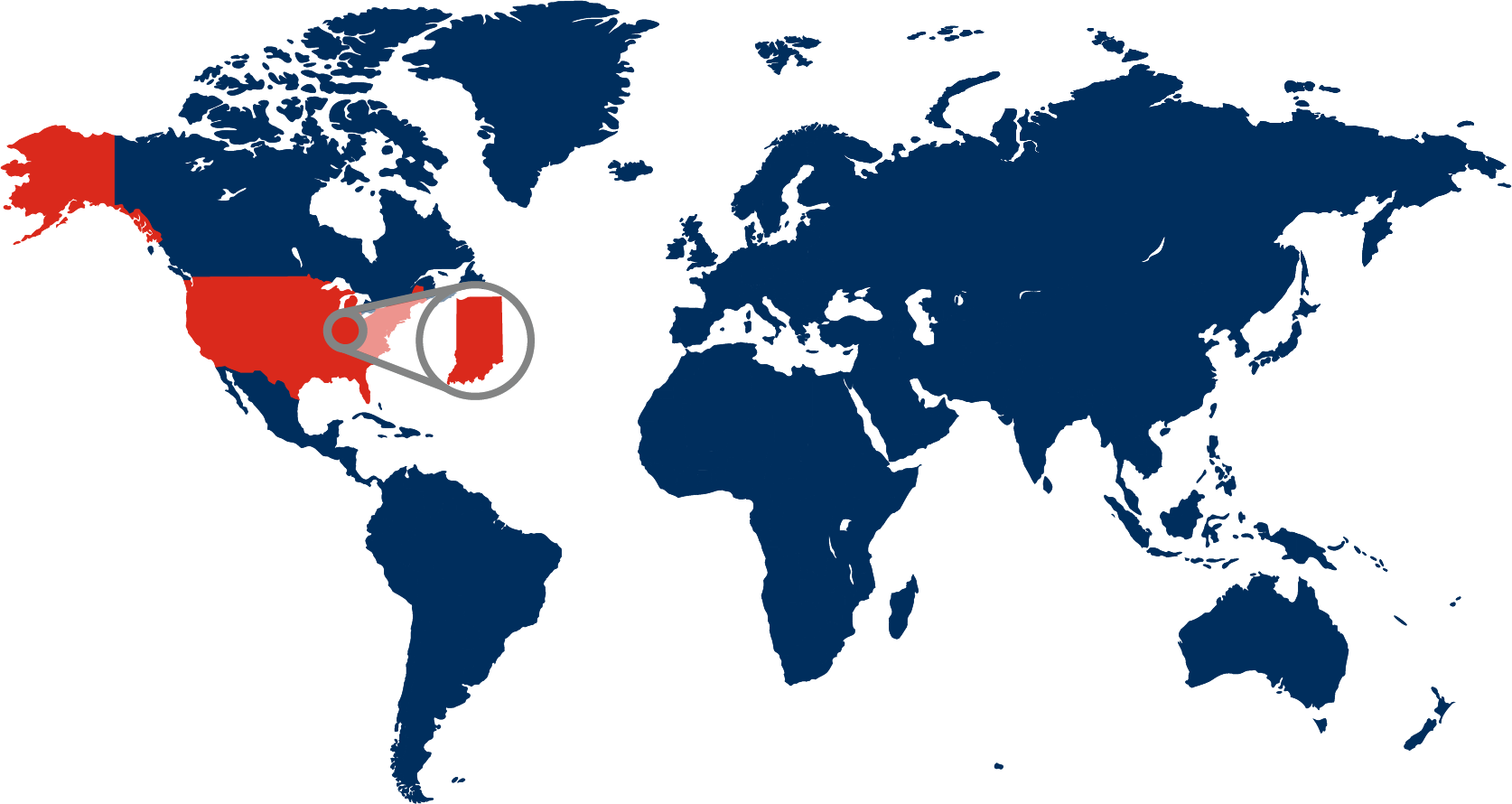Indiana Travelogue
Articles
Travelogues
View more from News & Articles or Primerus Weekly

By Tom Kirvan
Nestled in the heart of the Midwest, Indiana is a state that embodies a blend of history, culture, and natural beauty. Known as "The Crossroads of America" due to its strategic location and extensive transportation networks, Indiana offers visitors a rich experience that includes vibrant cities, serene landscapes, and an enduring legacy of innovation.
Indiana is home to approximately 6.8 million residents, making it the 17th most populous state in the United States. The population is diverse, with a strong mix of European ancestry, including German, Irish, and English roots. Indiana’s friendly and welcoming communities reflect traditional Midwestern values of hard work, hospitality, and pride in local heritage.
Geographically, Indiana boasts a varied landscape. The northern part of the state is characterized by rolling farmland and the scenic shores of Lake Michigan, while the central region features vast cornfields and bustling cities. Southern Indiana offers a more rugged terrain with limestone caves, dense forests, and the picturesque Ohio River. The state's four distinct seasons ensure that visitors can enjoy outdoor activities year-round, from summer boating on the lakes to winter sports in the hills.
Indiana’s history is rich and deeply connected to the early development of the United States. The state was originally inhabited by Native American tribes, including the Miami, Shawnee, and Potawatomi, before European settlers arrived in the 1700s. In 1816, Indiana became the 19th state to join the Union, and throughout the 19th and 20th centuries, it played a significant role in industrial growth, transportation, and agriculture.
The state is also known for its contributions to American culture and innovation. It has been home to many pioneers in motorsports, manufacturing, and music. Indiana played a key role in the Underground Railroad, with several safe houses and routes used by enslaved people seeking freedom in the North. Additionally, it has produced some of the nation's most influential figures, including Abraham Lincoln, who spent his formative years in southern Indiana.
Indiana’s economy is diverse and robust, driven by industries such as manufacturing, agriculture, logistics, and health care. The state is one of the leading producers of automobiles in the country, with major car manufacturers like General Motors, Honda, and Subaru operating plants within its borders. Steel production is another major industry, particularly in the northwest region near Lake Michigan.
Agriculture remains a cornerstone of Indiana’s economy. The state ranks among the top producers of corn, soybeans, and pork. The Hoosier State’s fertile land and advanced farming techniques have made it a national leader in agricultural output. Additionally, the logistics industry thrives in Indiana due to its extensive highway and rail networks, making it a hub for transportation and distribution.


Capital: Indianapolis
Population: 6.8 million
Highest Point: Hoosier Hill (1,257 feet)
Economic engines: Auto and steel manufacturing, agriculture, and health care
Primerus Member:
Hackman Hulett LLP, a full-service business law firm with offices in Indianapolis and Zionsville.
Indianapolis, the state capital and largest city, serves as the cultural and economic heart of Indiana. Home to more than 870,000 residents, Indianapolis is known for its vibrant arts scene, dynamic sports culture, and thriving business environment. The city is most famous for hosting the Indianapolis 500, the world’s largest single-day sporting event, which draws racing enthusiasts from around the globe.
Beyond its motorsports fame, Indianapolis boasts a variety of attractions, including world-class museums, scenic parks, and a lively downtown area. The city’s food scene has also gained national recognition, with an array of restaurants offering everything from classic Midwestern comfort food to innovative culinary creations.
Five Must-See Destinations